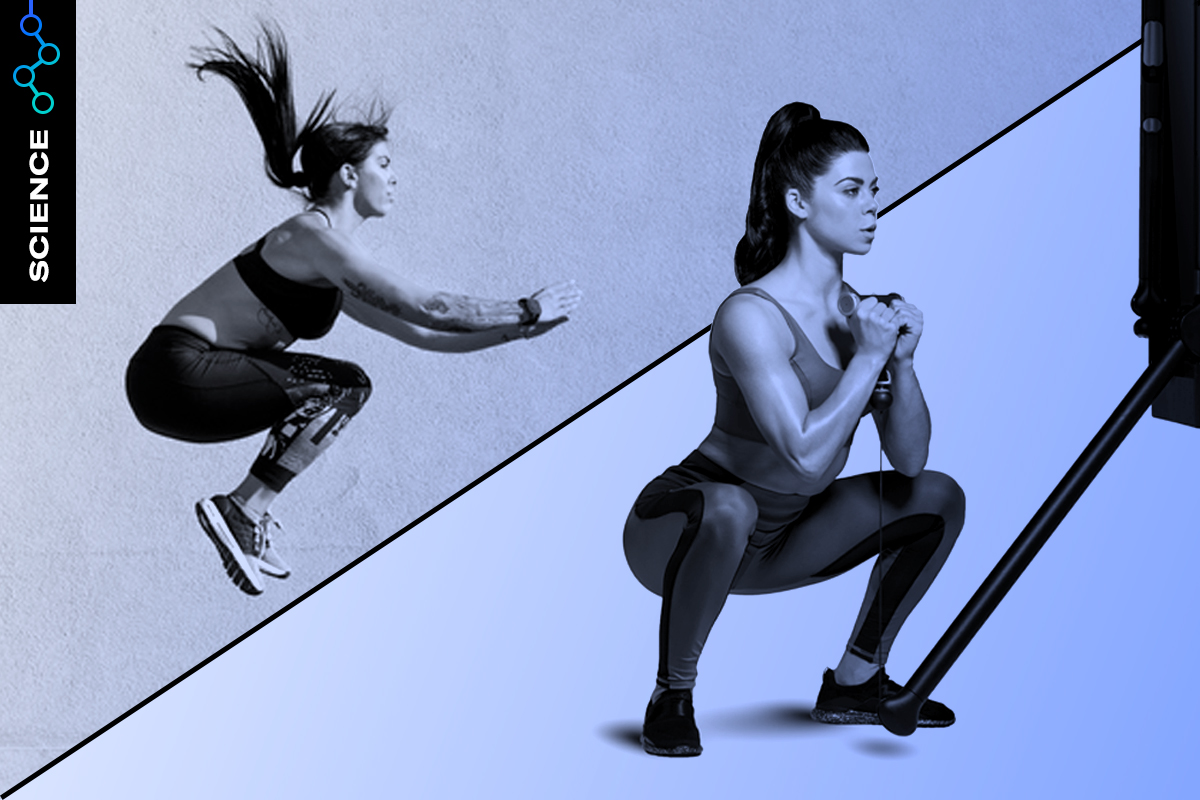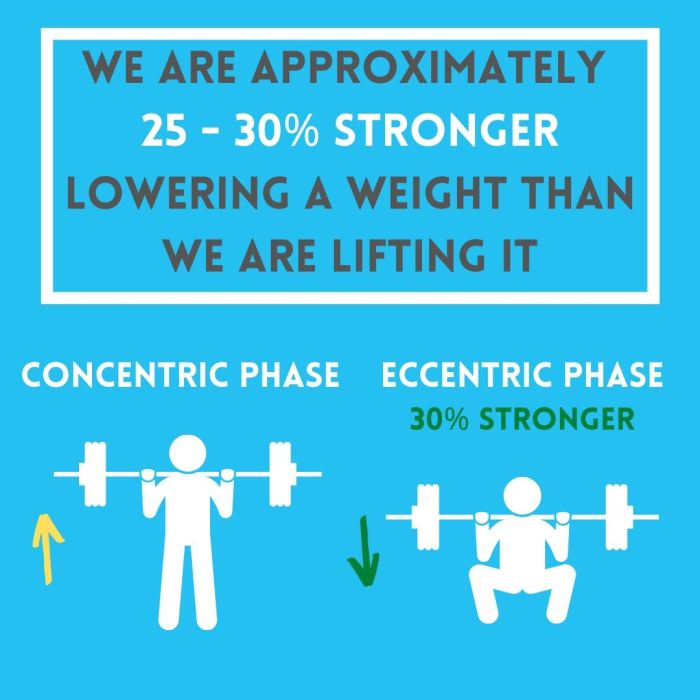Loaded movement training is best achieved with which training modality? This question sparks a captivating exploration into the realm of loaded movement training, where we delve into its benefits, modalities, and programming considerations to determine the most effective approach for maximizing training outcomes.
Loaded movement training involves exercises that engage multiple muscle groups while supporting an external load, such as barbells, dumbbells, or kettlebells. This dynamic training method offers numerous benefits, including enhanced strength, power, and athletic performance.
Loaded Movement Training
Loaded movement training involves performing exercises while bearing an external load, such as a barbell, dumbbell, or kettlebell. It aims to enhance strength, power, and functional movement patterns.
Types of Loaded Movement Training
There are various types of loaded movement training, including:
- Barbell training: Using a barbell for exercises like squats, deadlifts, and bench press.
- Dumbbell training: Utilizing dumbbells for exercises like lunges, rows, and overhead press.
- Kettlebell training: Employing kettlebells for exercises like swings, snatches, and cleans.
- Bodyweight training: Using one’s own bodyweight for exercises like push-ups, pull-ups, and squats.
Benefits of Loaded Movement Training

Loaded movement training offers numerous benefits:
- Enhanced strength and power:Loading exercises increases resistance, leading to greater muscle activation and strength gains.
- Improved functional movement:Loaded movements mimic everyday activities, improving balance, coordination, and mobility.
- Increased muscle mass:Resistance training stimulates muscle growth and hypertrophy.
- Reduced risk of injury:Strengthening muscles and joints through loaded movements helps prevent injuries.
- Improved bone density:Weight-bearing exercises increase bone mineral density, reducing the risk of osteoporosis.
Best Training Modalities for Loaded Movement Training

The best training modality for loaded movement training depends on individual goals and preferences. The following table compares different modalities:
| Modality | Equipment | Benefits | Limitations |
|---|---|---|---|
| Barbell training | Barbell | High load capacity, allows for progressive overload | Requires gym access, may be intimidating for beginners |
| Dumbbell training | Dumbbells | Versatile, allows for unilateral movements | Lower load capacity compared to barbells |
| Kettlebell training | Kettlebells | Dynamic, improves core stability | May be challenging for beginners, limited exercise variety |
| Bodyweight training | Bodyweight | Convenient, accessible | Limited load capacity, may not be suitable for advanced athletes |
For loaded movement training, barbell training is generally considered the best modality due to its high load capacity and versatility.
Programming Considerations for Loaded Movement Training

When programming loaded movement training, consider the following:
- Exercise selection:Choose exercises that target multiple muscle groups and improve functional movements.
- Sets and repetitions:Aim for 3-5 sets of 8-12 repetitions for strength and hypertrophy.
- Rest periods:Allow 1-2 minutes of rest between sets to recover adequately.
- Progression:Gradually increase weight or resistance over time to challenge the body and promote adaptation.
- De-loading:Periodically reduce training intensity to allow for recovery and prevent overtraining.
Sample training program:
- Barbell squat: 3 sets of 10 repetitions
- Barbell bench press: 3 sets of 8 repetitions
- Barbell deadlift: 3 sets of 12 repetitions
- Dumbbell lunges: 3 sets of 10 repetitions per leg
- Kettlebell swings: 3 sets of 15 repetitions
Safety Considerations for Loaded Movement Training: Loaded Movement Training Is Best Achieved With Which Training Modality

Loaded movement training requires proper form and technique to minimize risks:
- Warm-up:Always warm up before lifting weights to prepare the body.
- Use proper form:Maintain correct posture and alignment during exercises to prevent injuries.
- Lift within your limits:Avoid lifting too heavy, which can strain muscles and joints.
- Use spotters:Have a spotter assist with heavy lifts to ensure safety.
- Listen to your body:Rest when needed and avoid overexertion.
Clarifying Questions
What are the key benefits of loaded movement training?
Loaded movement training offers numerous benefits, including enhanced strength, power, muscle mass, and athletic performance.
What are the different types of loaded movement training?
Loaded movement training encompasses a wide range of exercises, including squats, deadlifts, presses, rows, and lunges, each targeting specific muscle groups and movement patterns.
How do I choose the best training modality for loaded movement training?
The optimal training modality depends on individual goals, fitness levels, and available equipment. Consider the benefits and limitations of each modality to make an informed decision.